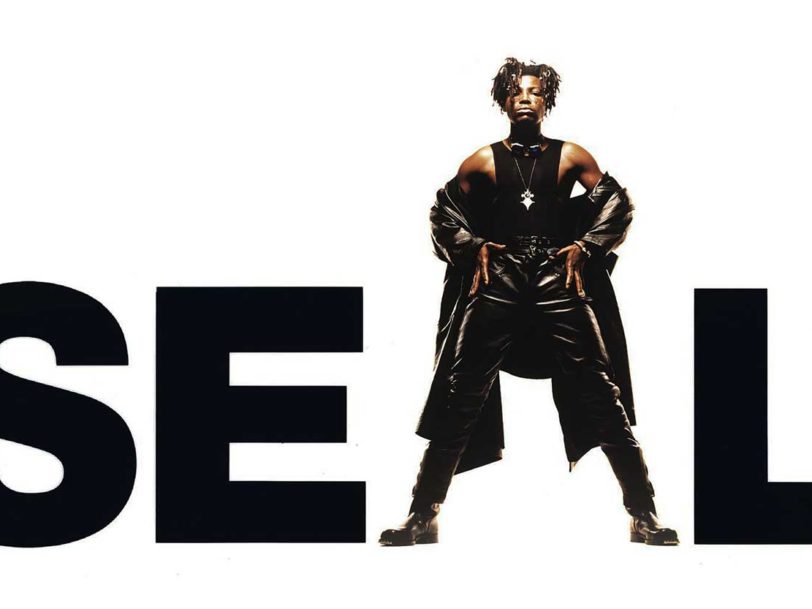You couldn’t ignore Seal. Standing at a towering six feet four inches, he certainly stood out from the crowd, but it was his unforgettably husky singing voice that really got him noticed. The first the world got to hear of the London-born singer-songwriter was in March 1990, when the British acid-house DJ and producer Adamski featured the then 26-year-old Seal on the single Killer. Dramatically juxtaposing Seal’s warm, soulful tones with Adamski’s cold metallic synth sounds over a throbbing and darkly ominous dance groove, Killer caught the imagination of the British record-buying public, who quickly propelled the single to the UK top spot in May 1990, where it stayed for a month, paving the way for Seal’s debut album to follow.
Listen to Seal’s debut album here.
Different pursuits
By that time, Seal was hot property, and found himself the subject of a bidding war between major record companies. Prior to that, though, his life had been defined by hardship and struggle. Born Seal Henry Olusegun Adeola Samuel in Paddington, West London, to a Brazilian father and Nigerian mother, the singer’s family life was characterised by instability; as a youngster he went into foster care and, later in his teens, he ended up homeless and living on the streets.
Though, career-wise, Seal had dabbled with different pursuits – ranging from bike messenger to McDonald’s employee and working in fashion design – music eventually proved to be his vocation. His distinctive voice earned him a place singing with London’s Gilles Peterson-championed acid-jazz band Push on a tour of Japan in 1989. On the way back to England, when the band briefly stopped off in Bangkok, Thailand, Seal decided to stay in Asia, initially earning money singing with a barroom blues band before spending a year travelling.
Mesmeric vocals, widescreen sonics
Seal had only just come back from the Far East when he hooked up with Adamski. Not so long after being destitute, the success of Killer resulted in Seal being offered colossal sums of money to sign a solo record deal. There were many tempting offers but, ultimately, he chose to ink a contract with ZTT, the Warner-distributed art-house label co-founded by Trevor Horn. A former bass player with pop duo Buggles (of Video Killed The Radio Star fame), in the 80s Horn morphed into a visionary record producer who used using cutting-edge technological wizardry to mastermind groundbreaking pop records for ABC, Frankie Goes To Hollywood, Propaganda, Art Of Noise and Grace Jones. Renowned for creating a production sound that was grandly cinematic, Horn recruited a cadre of trusted session musicians to help bring Seal’s debut album to life in several different recording studios during the summer and autumn of 1990.




